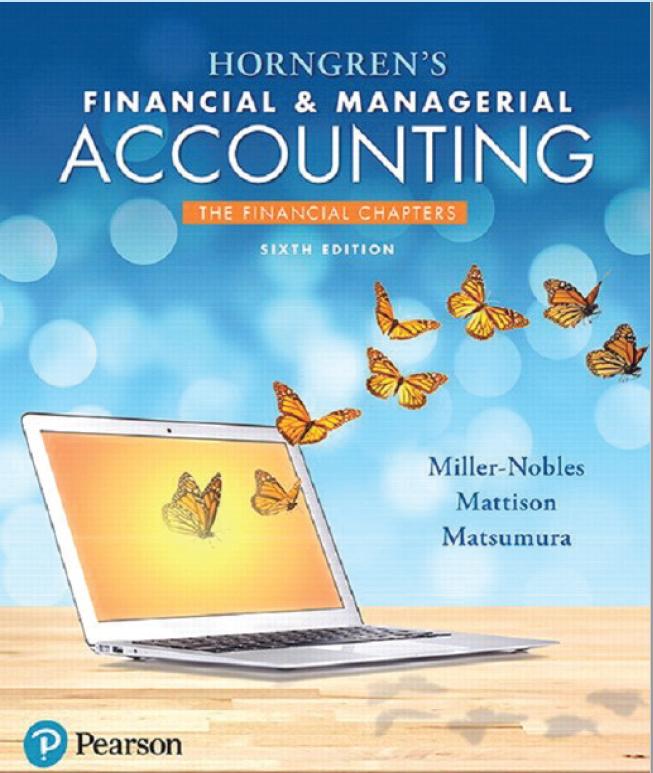Deerborn Manufacturing Co. completed the following transactions during 2018: Jan. 16 Declared a cash dividend on the
Question:
Jan. 16 Declared a cash dividend on the 6%, $103 par noncumulative preferred stock (1,050 shares outstanding). Declared a $0.20 per share dividend on the 100,000 shares of $2 par value common stock outstanding. The date of record is January 31, and the payment date is February 15.
Feb. 15 Paid the cash dividends.
Jun. 10 Split common stock 2-for-1.
Jul. 30 Declared a 30% stock dividend on the common stock. The market value of the common stock was $9 per share.
Aug. 15 Distributed the stock dividend.
Oct. 26 Purchased 1,000 shares of treasury stock at $8 per share.
Nov. 8 Sold 500 shares of treasury stock for $10 per share.
30 Sold 300 shares of treasury stock for $4 per share.
Requirements
1. Record the transactions in Deerborn's general journal.
2. Prepare the Deerborn's stockholders' equity section of the balance sheet as of December 31, 2018. Assume that Deerborn was authorized to issue 2,600 shares of preferred stock and 400,000 shares of common stock. Both preferred stock and common stock were issued at par. The ending balance of retained earnings as of December 31, 2018, is $2,060,000.
Common Stock
Common stock is an equity component that represents the worth of stock owned by the shareholders of the company. The common stock represents the par value of the shares outstanding at a balance sheet date. Public companies can trade their stocks on... Balance Sheet
Balance sheet is a statement of the financial position of a business that list all the assets, liabilities, and owner’s equity and shareholder’s equity at a particular point of time. A balance sheet is also called as a “statement of financial... Dividend
A dividend is a distribution of a portion of company’s earnings, decided and managed by the company’s board of directors, and paid to the shareholders. Dividends are given on the shares. It is a token reward paid to the shareholders for their... Par Value
Par value is the face value of a bond. Par value is important for a bond or fixed-income instrument because it determines its maturity value as well as the dollar value of coupon payments. The market price of a bond may be above or below par,...
Fantastic news! We've Found the answer you've been seeking!
Step by Step Answer:
Related Book For 

Horngrens Financial And Managerial Accounting The Financial Chapters
ISBN: 9780134486840
6th Edition
Authors: Tracie L. Miller Nobles, Brenda L. Mattison, Ella Mae Matsumura
Question Posted:





